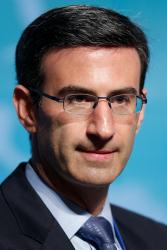Abstract
Tax cuts are not free; they must be financed with some combination of tax increases or spending cuts. The central goal of this paper is to apply this standard insight from public finance to analysis of the distributional effects of making the 2001 and 2003 tax cuts permanent. We estimate not only who benefits directly from the tax cuts, but also who benefits and who loses once the financing of the tax cuts is considered. We consider two scenarios: one in which each household pays an equal dollar amount to finance the tax cuts and one where each household pays the same share of income. In both cases, more than three-quarters of households end up worse off if the tax cuts are made permanent and financed. In addition, there are large aggregate transfers from the majority of low- and middle-income households to an affluent minority. These results show that, far from simply “giving people their money back,” making the tax cuts permanent would impose significant losses on tens of millions of American households.
Please click here to view the full verion of the paper.



